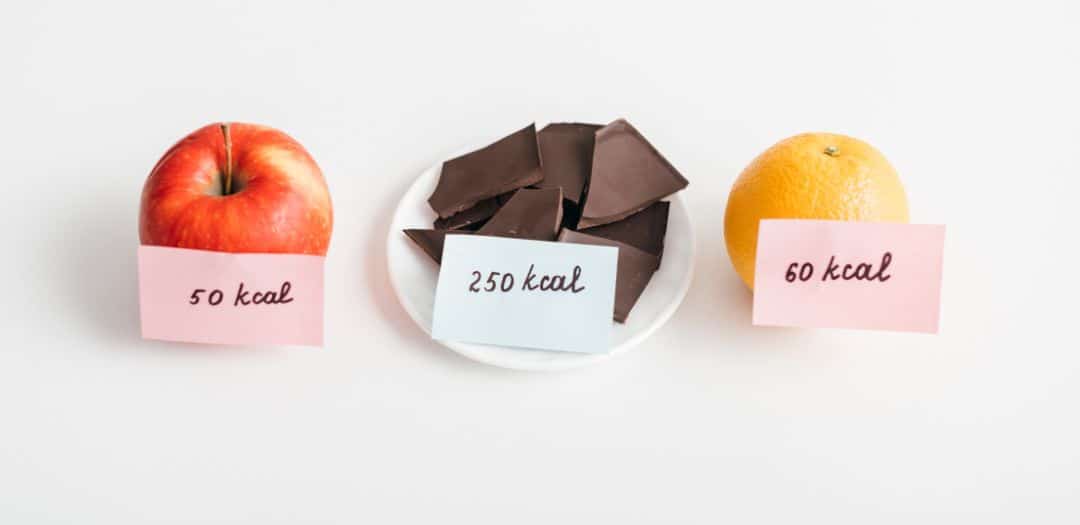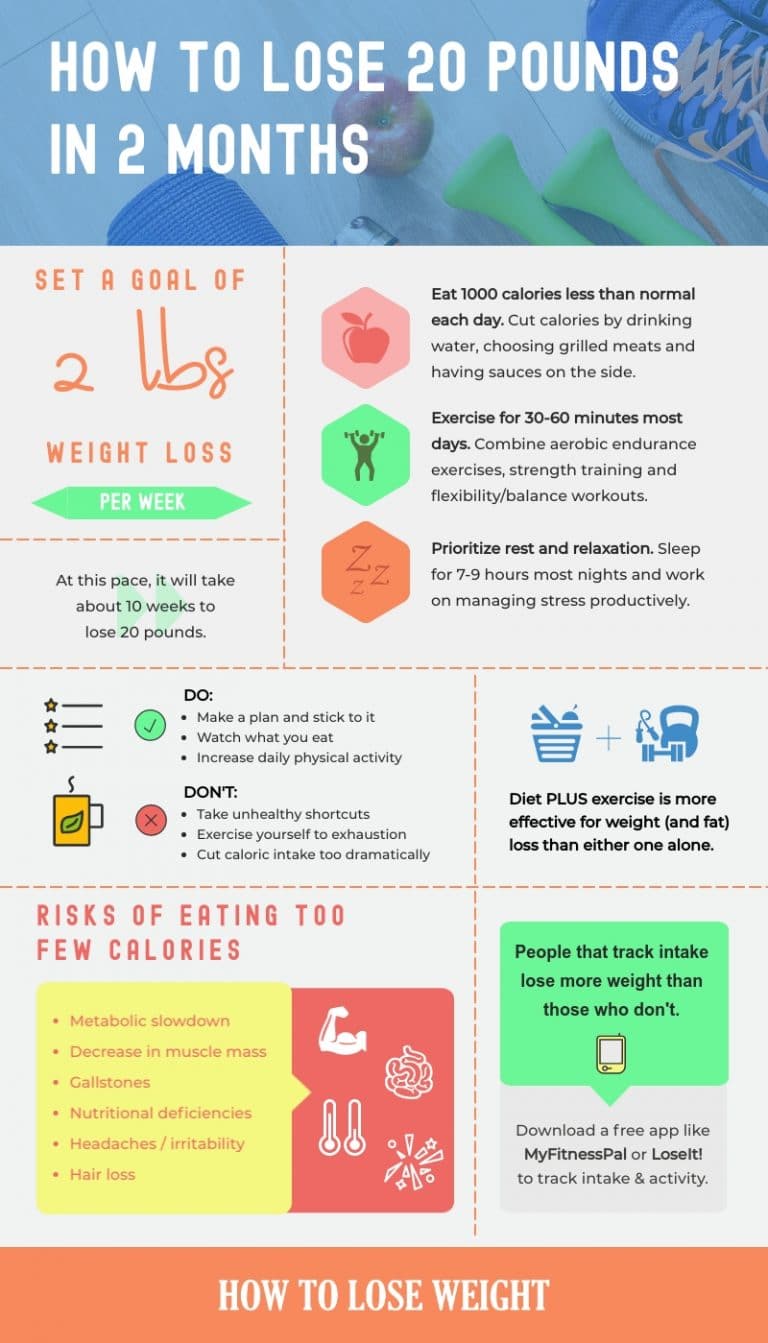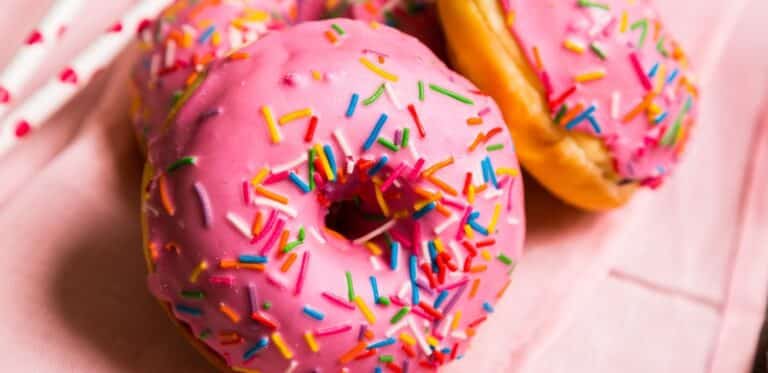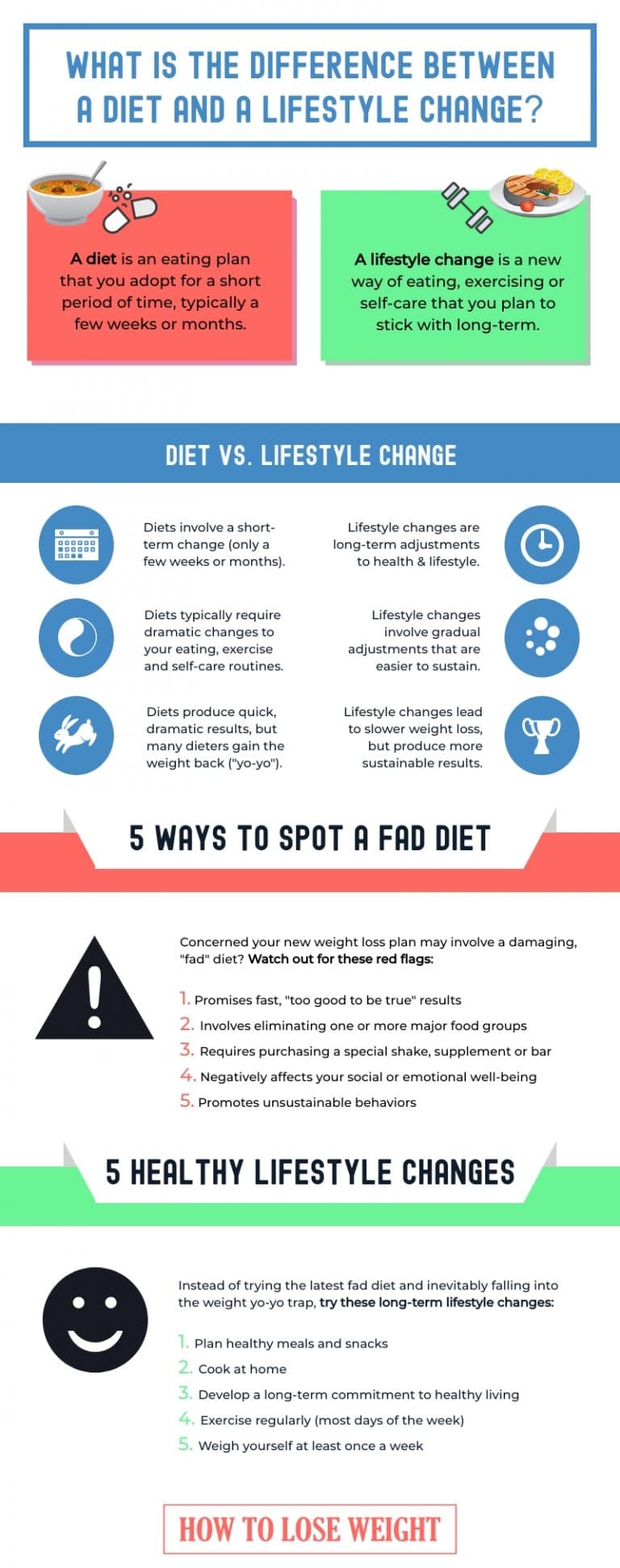How to Estimate Calories
We all know that portion control is the key to successful weight loss, but for many of us, estimating how much food is actually on our plate is really hard! Is that ½ cup of yogurt, or is it really ¾ cup?
No matter how diligent you are with logging food and exercise in a tracking app, if your portion estimation is way off, you’ll never get a good picture of your true energy balance.
So, here are some practical tips about how to estimate calories and portions on the go!
Why It Matters: Portion Distortion
Studies show most of us are pretty bad at guessing portion sizes by “eyeing it,” which negatively impacts our ability to log (or report) accurate food intake.
Even among professionals like dietitians and doctors, estimating calories and portions on the go proves remarkably inaccurate.
In fact, this struggle is so widespread that it’s become a recently popular topic for those “95% of people can’t… can you?” quizzes online. So why is it so hard? Part of the reason is that it’s usually a skill learned later in life.
As children, we’re taught to eat what we’re served or until we’re full, and that’s it. Most of us don’t grow up practicing mental math by estimating calories served on a dinner plate.
Futhermore, you’re not going to pull out a food scale and measuring cups at the dinner table. So, how do we measure healthy portions? The most common method is through comparison.
If you can compare your servings of food to the size of your hands or common toys, estimating portions (and calories) becomes more doable. Keep reading to learn the guesstimates!
How to Estimate Portions
We’ve already established it’s not practical to carry measuring cups with you everywhere you go. Nor do you really want to scoop your already-plated food back up into a measuring utensil.
So, how do you figure out how much food you’re eating? You use your hands!
The NHLBI has a Serving Size Card with some great guidelines, which we explain below. We’ll also add a few measurement tools of our own!
1 teaspoon = 1 fingertip = 1 dice
A teaspoon is the recommended serving size for fats like butter or olive oil and spreads like jelly or jam.
Instead of heaping a pile of toppings onto your breakfast toast, think moderation and aim for a helping the size of your thumb tip to add some flavor.
If you’d rather compare your portions to toys, this is about the size of standard dice.
2 tablespoons = 1-1.5 oz = 1 ping-pong ball = 4 dice
Two tablespoons are the appropriate serving size for hearty spreads like peanut butter or cream cheese.
This is about the same as 1 ounce of those same spreads. It is also a standard serving of cheese. So, for nut butter, cheese, and similar, your goal serving should be about the size of 1 ping-pong ball or 4 dice.
If you can’t imagine the size of a ping-pong ball, golf balls are about the same size!
A standard slice of cheese from the deli or pre-packaged string cheese is also approximately one ounce.
Alternatively, one ounce can be measured as the padded part of your hand just under your thumb.
However, we’d recommend using the ball or dice measures for this amount since it’s pretty hard to judge where the “meaty part” of your thumb/hand starts and ends.
1 tablespoon = 1 thumb
Since these foods are very dense in calories, one way to save calories while losing weight is to cut this serving size in half. Instead of eating two tablespoons of peanut butter, serve just one.
Combine that PB with an apple, and you’ve made a delicious, healthy snack. Similarly, instead of eating four dice worth of cheese, try to limit yourself to about half that. A one-tablespoon portion is about the size of your thumb.
¼ cup = 1 medium egg = 1 tightly-cupped handful
The one-quarter cup is the suggested serving size for calorie-dense snacks like trail mix, granola, mixed nuts, or dried fruit.
During your weight loss journey, you’ll probably find yourself reaching for some healthy snacks, and high-protein options like unsalted nuts can be a great choice, but it’s important you keep portions in check.
Just like the spreads above, these foods provide lots of valuable protein and fiber, but too much of a good thing can undermine your weight loss goals.
½ cup = 1 tennis ball or pool ball = 1 handful
Half a cup is the average serving for cooked grains like oatmeal, whole-grain pasta, or brown rice. It’s also the appropriate serving for cut fruit, breakfast cereals, and ice cream.
Think about that for a second…. One serving of cooked pasta is half a cup… When was the last time you only ate half a cup of pasta? Or even one cup of pasta, for that matter?
It’s probably been a while unless you’ve already started measuring portions. That’s why it’s so important to know how to estimate calories and portions.
1 cup = 1 baseball = 1 clenched fist

This is the largest portion you’ll measure with your hands. One cup is the recommended portion for vegetables and whole fruit.
A perfectly-portioned baked potato should also be about the size of your fist. That being said, this is probably the most flexible of categories.
Non-starchy vegetables and low-sugar fruits are relatively low in calories, so if you want an extra portion – go for it! Now you’ll still be able to track them since you can use your hands to measure how much you’re eating.
Meat: 3oz = 1 deck of cards = 1 palm of your hand

A single serving of meat like lean beef, chicken, or pork, or meat alternatives like tofu, is 3 ounces. This is slightly less than a quarter pound.
Since meat comes in different thicknesses, these measures consider both the width and diameter of the meat. 3oz is about as big as a deck of cards, or about as wide as one finger and as big as the palm of your hand.
Fish: 3oz = 1 checkbook = 1 extended hand
Fish is generally thinner than meat, so the measurement is different.
Just as a checkbook is thinner than a deck of cards and your hand is thinner extended than clenched, this measurement should be used if the fish you’re eating is thinner too.
When you have a fish fillet, aim for a piece about the size of a checkbook.
If the fish is thicker (like tuna steak), the deck of cards/fist estimation may work better.
Grains: Miscellaneous Extras
Above are the general measures across food groups, but there are also some very specific measures for common grains in our diets.
Here are the recommended portions for some of our favorite carbs:
- pancake = CD or DVD
- slice of bread = slightly larger than a cassette tape or a power outlet
- slice of coffee cake or cornbread = bar of soap
How to Estimate Calories
Now you’re ready to estimate portions at every meal, but we still need to talk about how to estimate calories!
The easiest – and most efficient – way is to enter your intake into a weight loss app that tracks intake and exercise.
Alternatively, you can go old-school and keep a physical journal of your meals and then estimate your total intake at the end of the day or week.
To estimate calories using this method, you’ll still need to look up the foods periodically using a site like Calorie King or USDA’s SuperTracker.
Regardless of which method you choose, these guidelines will help you estimate more accurate portions and keep better records of your intake.
Not only will this practice help you achieve your weight loss goals, but will also allow you asses the balancedness of your diet. With these estimates, you literally have weight loss in the palm of your hand.
Do you have trouble estimating portions? Share your tips, tricks, triumphs, and struggles in the comments section below!






